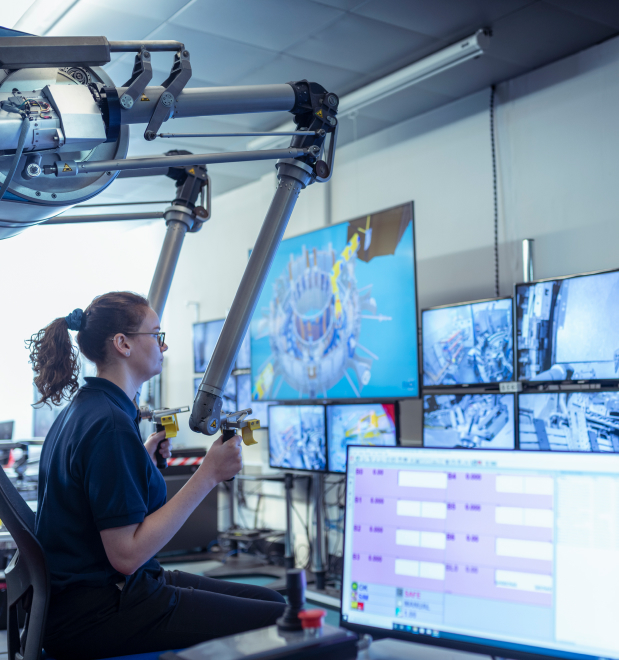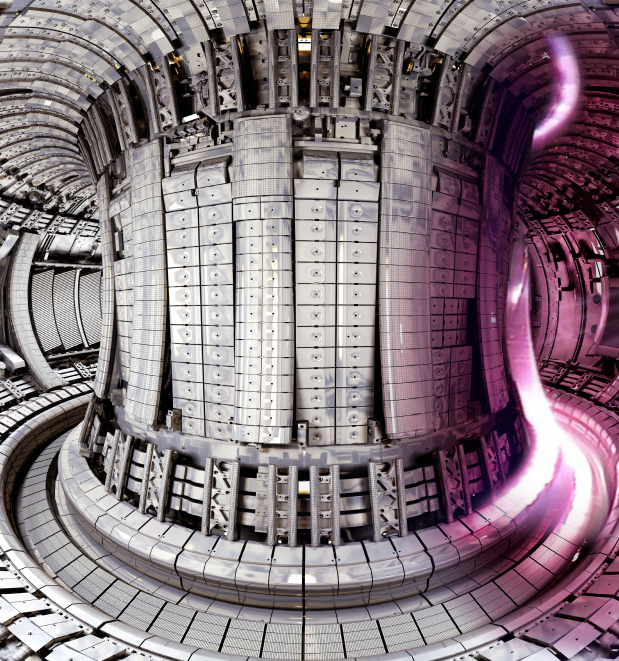What is fusion?
Fusion is the reaction
that powers the sun
and all other stars
And now we’re working to harness it on Earth, to create a world powered by clean, limitless energy for all.
How does it work?
Power is generated from the energy released when two lightweight atoms are fused together into heavier atoms. It’s the same reaction that powers stars – including our sun.
Fusion requires extreme temperatures and pressure to occur but it produces more energy per gram of fuel than any other fuel source on the planet.

How do we achieve it?
There are several ways to achieve fusion on Earth. The most common approaches use the heavier forms of hydrogen deuterium and tritium. They fuse to produce helium and neutrons.
Record-breaking amounts of fusion energy have been created by heating deuterium and tritium gases to temperatures 10 times hotter than the sun inside a vessel called a tokamak.
Once the science and engineering is proven, a large commercial fusion powerplant will need just 400 kilograms per year of deuterium and tritium fuels – 10 million times less than the amount of fossil fuels used to generate the same amount of electricity.

When will it be possible?
As soon as we can make it happen
Fusion won’t be immediate. There are still challenges to overcome. But for the first time practial fusion is within our reach. Addressing these challenges has led to innovations and breakthroughs (in fusion and beyond). That’s why this cluster exists – more innovation, more breakthroughs, fusion faster.
The history
Fusion has a long history built on pioneering work in atomic and nuclear physics. It's now moving from the era of research to the era of commercialisation.